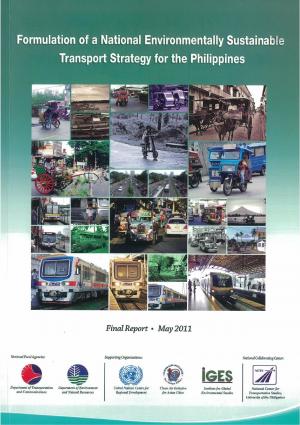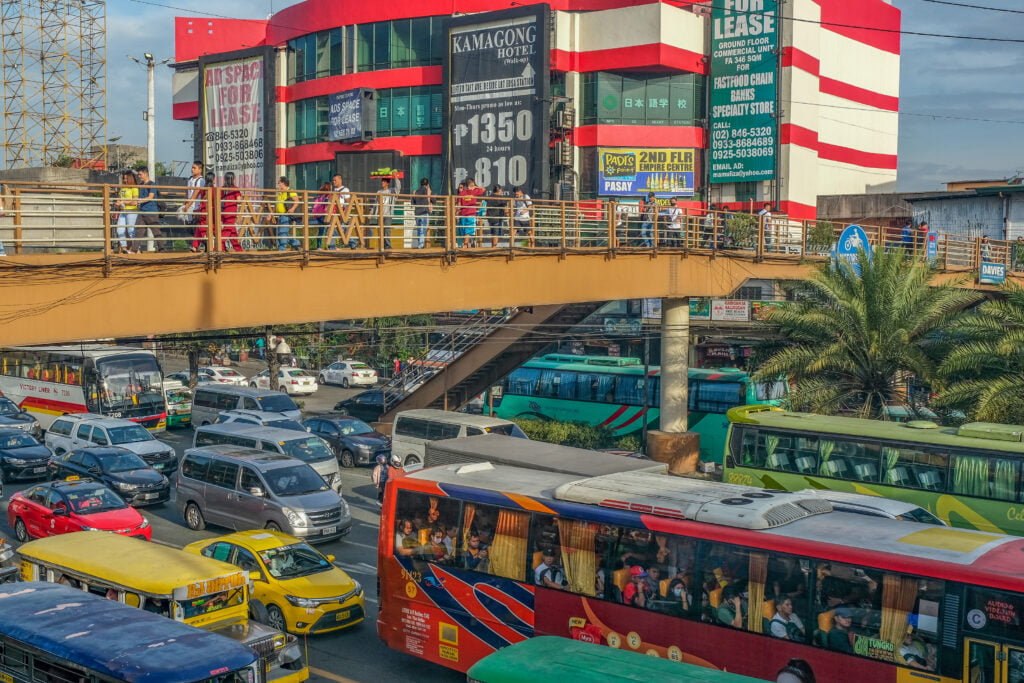A Detailed Examination of the Methods and Strategies for Successful Transit Advertising Campaigns
Transportation marketing campaigns offer an unique possibility for brands to engage with varied audiences in vibrant settings. As we check out these important elements, it becomes clear that the path to an impactful transportation advertising and marketing method is both detailed and rewarding, increasing the question of just how best to browse these intricacies for maximum brand name exposure.
Understanding Target Demographics
Recognizing target demographics is important for the success of transportation ad campaign (Transit Advertising Philippines). Determining details audience segments enables marketers to tailor their messages effectively, making certain that the material reverberates with the intended audiences. This strategy enhances interaction and optimizes roi
To successfully analyze target demographics, marketing experts should take into consideration numerous key variables, including age, revenue way of life, degree, and line of work choices. As an example, a project intended at young professionals might concentrate on convenience and modernity, while one targeting households might highlight security and reliability. In addition, geographical variables such as urban versus rural settings can substantially influence consumer behavior and preferences.
Data collection methods such as surveys, emphasis teams, and social media analytics offer useful insights right into market fads and customer practices. By leveraging this information, advertisers can craft engaging stories that line up with the values and needs of their target audience.
Ultimately, understanding target demographics not just notifies the calculated direction of transit ad campaign yet also guarantees that sources are designated successfully. This targeted approach boosts the probability of accomplishing campaign objectives, cultivating brand loyalty, and driving conversions.
Imaginative Layout Methods
Effective interaction with target demographics depends heavily on cutting-edge creative design strategies en route ad campaign. To successfully capture focus in a congested visual setting, designers have to prioritize clarity and aesthetic effect. Utilizing high-contrast aspects and bold shades can improve visibility, ensuring that messages are quickly legible from a distance.
Incorporating dynamic images that reverberates with the target market is important. Visual storytelling techniques can stimulate feelings and develop memorable associations with the brand name. Moreover, tactical use typography aids convey vital details rapidly; legible font styles and appropriate dimensions better improve readability.
Integrating interactive aspects, such as QR codes or augmented truth attributes, can involve commuters beyond easy monitoring (Transit Advertising Philippines). These strategies not just promote individual interaction yet also link the gap between standard advertising and digital involvement
Additionally, using area artistically-- whether on bus covers, transportation shelters, or train ads-- can result in ingenious layouts that break the mold of traditional marketing. By accepting creative imagination while maintaining brand name consistency, campaigns can cultivate a solid link with their audience, eventually driving both recognition and action. The integration of these layout methods is extremely important for attaining successful transit advertising and marketing end results.
Strategic Placement Methods
Maximizing the influence of transportation marketing hinges on tactical placement approaches that make certain optimum presence and engagement. Efficient positioning entails examining high-traffic areas and understanding passenger demographics to recognize the most useful places for ad display screens. For circumstances, positioning advertisements near entryways and exits of transportation lorries can catch the attention of boarding and alighting passengers, thus boosting direct exposure.
Additionally, using both interior and external surface areas of transit vehicles can significantly broaden reach. Exterior ads, visible throughout commutes, involve pedestrians and various other drivers, while indoor advertisements target guests in a restricted atmosphere. In addition, placing ads in transportation hubs, such as bus terminals or train stations, permits increased impressions as commuters transition in between various modes of transport.
Timing is additionally vital; straightening the campaign launch with peak travel periods optimizes target market engagement - Transit Advertising Philippines. Moreover, leveraging electronic screens en route environments can promote dynamic material, supplying her latest blog real-time updates and enhancing customer interaction. By utilizing these tactical positioning approaches, online marketers can ensure that their transportation ad campaign achieve official source optimal exposure, reverberate with the target audience, and inevitably drive preferred end results

Determining Project Effectiveness
To evaluate the success of transit advertising projects, it is essential to use a variety of dimension strategies that supply understandings into audience engagement and total performance. One key technique is making use of vital efficiency indicators (KPIs), such as reach, perceptions, and involvement prices, which measure the number of individuals engaged and saw the promotion with it.
Surveys and emphasis teams can additionally be critical in gauging customer perceptions and recall, allowing online marketers to understand the influence of their messaging. Furthermore, tracking website web traffic and social networks engagement throughout and after the campaign aids determine direct feedbacks to the marketing.
Another reliable method is utilizing location-based analytics, which can provide information on foot web traffic around particular transit areas, supplying insights into whether the project successfully recorded the focus of travelers. Furthermore, analyzing sales data can expose relationships between transit advertising and increased revenue, giving tangible proof of a campaign's performance.
Study of Success
Recognizing the effectiveness of transit marketing projects via dimension techniques lays the groundwork for examining real-world examples that show effective end results. By employing geo-targeted electronic ads and analytics, the brand gauged a 30% increase in sales in regions where the covers were prominently presented, showing the direct impact of transportation advertising.
An additional More Bonuses engaging example comes from a local not-for-profit organization that released a campaign on subway systems to advertise a community occasion. The usage of direct involvement with technology intensified the campaign's reach and performance.

Conclusion
In recap, effective transportation advertising and marketing projects demand a thorough approach that integrates an understanding of target demographics, cutting-edge style techniques, and critical positioning. Jointly, these strategies foster brand name visibility and optimize the return on financial investment in transportation marketing efforts.
Comprehending target demographics is important for the success of transit advertising projects.Reliable interaction with target demographics depends heavily on ingenious creative style methods in transportation advertising and marketing projects. By using these strategic positioning methods, marketing experts can ensure that their transportation advertising campaigns accomplish maximum visibility, reverberate with the target audience, and inevitably drive preferred outcomes.
Understanding the effectiveness of transit advertising and marketing projects through dimension strategies lays the groundwork for examining real-world instances that show successful outcomes.In recap, successful transit advertising and marketing campaigns necessitate a comprehensive approach that incorporates an understanding of target demographics, innovative layout techniques, and strategic placement.